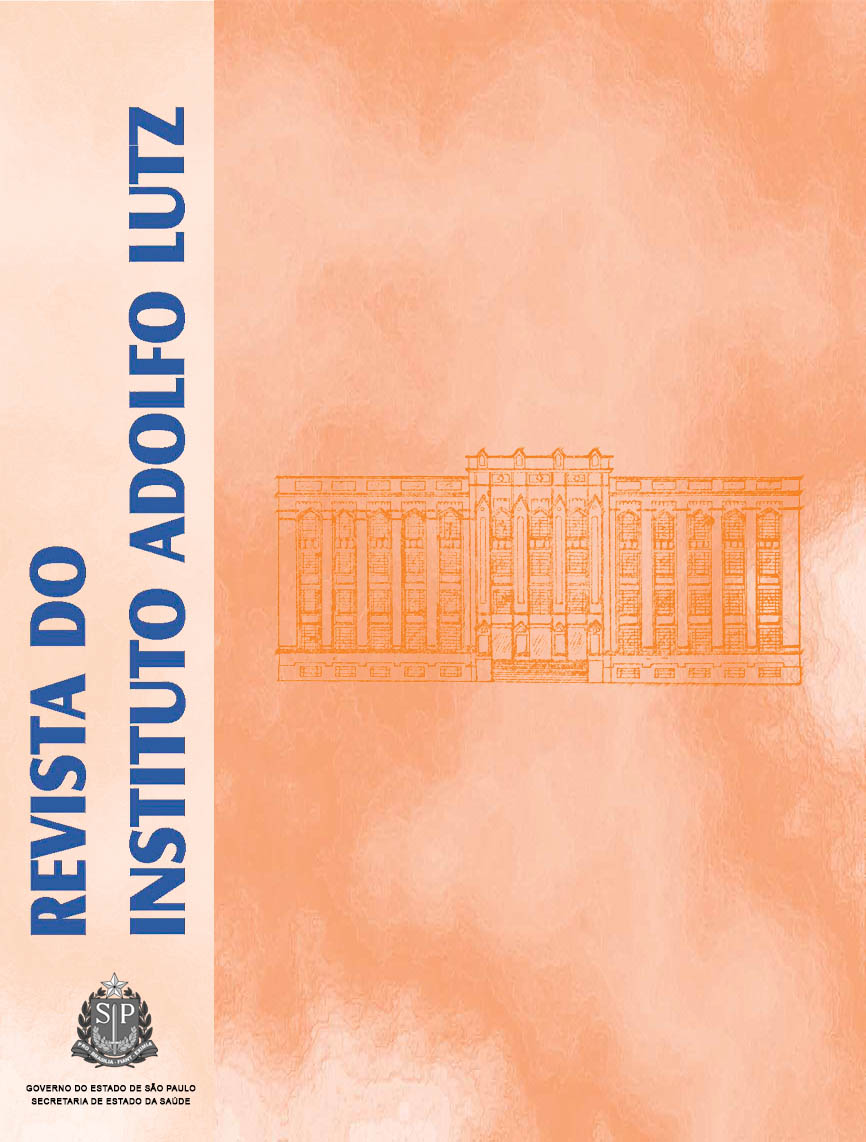Abstract
This study evaluated the efficacy of two selective media, M-PA-C agar and Cetrimide agar, for isolating P. aeruginosa cells at different incubation temperatures. P. aeruginosa recovery rates, as well as the selectivity of both media were compared. A random effects Bayesian model for binary data was used for performing statistical analysis, and a Poisson Bayesian model was applied to compare the potential of both media selectivity and P. aeruginosa recovery. A discernible difference on the media selectivity was evidenced, and M-PA-C medium presented a higher mean counting rate. P. aeruginosa recovery was similar in both media, and no significant difference was noted in three counts on M-PA-C at 42°C (208 CFU) , and on Cetrimide Agar at 35°C (231 CFU), at 10-6 dilution. With regards to analyzed mineral water samples, no evidence of distinct occurrence rates of P. aeruginosa on either media, at different temperatures, was noted.References
1. Lennette EH, Balows A, Hausler Jr WJ, Shadomy HJ. Manual of Clinical Microbiology. 4th. Washington DC., 1985.
2. Ramalho R, Cunha J, Teixeira P, Gibbs PA. Modified Pseudomonas agar: new differential medium for thedetection/enumeration of Pseudomonas aeruginosa inmineral water. J Microbiol Methods 2002; 49: 69-74.
3. Simões M, Chiarini PFT, Pires MFC. Pseudomonas aeruginosa, bactérias heterotróficas e leveduras em água utilizada para hemodiálise. Rev Inst Adolfo Lutz 2003;62 (supl 1): 3.
4. Legnani P, Leoni E, Rapuano S, Turin D, Valenti C. Survival and growth of Pseudomonas aeruginosa in natural mineral water: a 5- year study. Intern J Food Microbiol 1999; 53 (2-3):153-8.
5. Pisani B, Simões M, Prandi MA, Rocha MMM, Gonçalves CR, Vaz TMI, Irino K. Surto de bacteriemia por Pseudomonas aeruginosa na Unidade de Hemodiálise de um hospital de Campinas, São Paulo, Brasil, Rev InstAdolfo Lutz 2000; 59(1/2): 51-6.
6. Jayasekara NY, Heard GM, Cox JM, Fleet GH. Populationsof pseudomonads and related bacteria associated withbottled non-carbonated mineral water. Food Microbiol1998; 15:167-76.
7. Gelli DS, Ristori CA, Buzzo AA. Controle de qualidade em laboratório de microbiologia de alimentos e avaliação de desempenho de meios de cultura no isolamento de Salmonella spp. Rev Inst Adolfo Lutz2003; 62 (3):159-64.
8. Resolução RDC – N° 154 de 15 de junho de 2004 da Agência Nacional de Vigilância Sanitária - Ministério da Saúde, que estabelece os parâmetros da água utilizada para diálise. Diário Oficial da União, Brasília-DF, 19jun.2000.
9. Eaton AD, Clesceri LS, Greenberg AE. Standard Methods for the examination of water and wastewater. Part 9000Microbiological Examination 19th ed. Washington DC,(APHA) 1995.
10. Difco Laboratories, Maryland, Section II, Culture Mediaand Ingredients, Dehydraded, Difco Manual 11th ed.Maryland, 1998.
11. Sant‘Ana AS, Silva SCFL, Farani IO Jr, Amaral CHR, Macedo VF. Qualidade microbiológica de águas minerais. Cienc Tecnol Aliment 2003; 23 (supl): 190-4.
12. Prandi MAG, Martini MH, Pisani B, Simões M, Chiarini PFT. Águas minerais: avaliação da qualidade microbiológica em amostras envasadas. Rev Inst Adolfo Lutz 2005; 64 (supl.2): 35
13. Spiegelhalter DJ, Abrams KR, Myles JP. Bayesianapproaches to clinical trials and health-care evaluation. Chichester: John Wiley & Sons; 2004.
14. Gilks WR, Richardson S, Spiegelhalter DJ. Markov Chain Monte Carlo in Practice. London: Chapman & Hall; 1996
15. Spiegelhalter DJ, Thomas A, Best N, Gilks W. BUGS (Bayesian Inference Using Gibbs Sampling) Version 0.50. Cambridge: MRC Biostatistics Unit; 1995.
16. Hasegawa H, Naganuma K, Nakagawa Y, Matsuyama T.Membrane Filter (pore size, 0,22 – 0,45 ì m; thickness, 150ì m) passing-through activity of Pseudomonas aeruginosaand other bacterial species with indigenous infiltrationability. FEMS Microbiology Letters 2003; 223: 41-6.

This work is licensed under a Creative Commons Attribution 4.0 International License.
Copyright (c) 2007 Instituto Adolfo Lutz Journal
